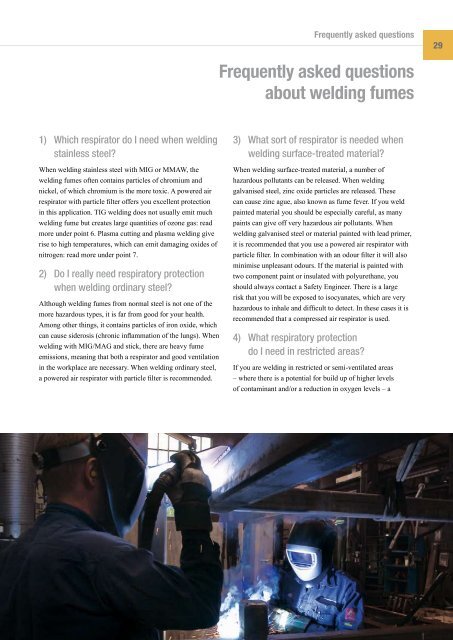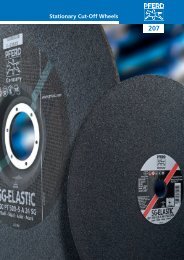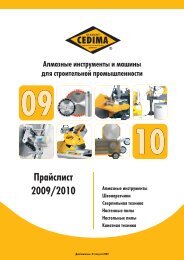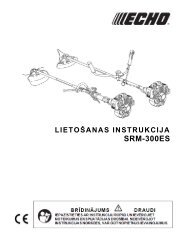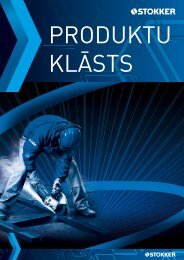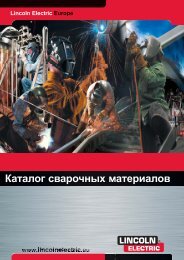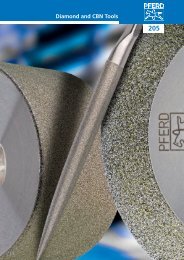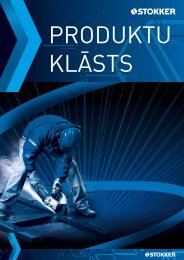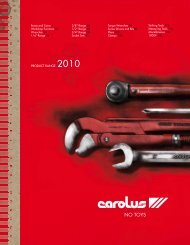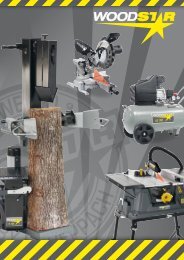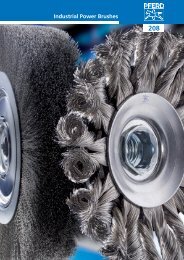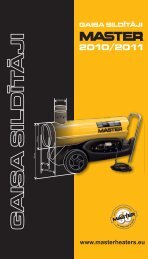for Safer Welding
for Safer Welding
for Safer Welding
- No tags were found...
You also want an ePaper? Increase the reach of your titles
YUMPU automatically turns print PDFs into web optimized ePapers that Google loves.
Frequently asked questions29Frequently asked questionsabout welding fumes1) Which respirator do I need when weldingstainless steel?When welding stainless steel with MIG or MMAW, thewelding fumes often contains particles of chromium andnickel, of which chromium is the more toxic. A powered airrespirator with particle filter offers you excellent protectionin this application. TIG welding does not usually emit muchwelding fume but creates large quantities of ozone gas: readmore under point 6. Plasma cutting and plasma welding giverise to high temperatures, which can emit damaging oxides ofnitrogen: read more under point 7.2) Do I really need respiratory protectionwhen welding ordinary steel?Although welding fumes from normal steel is not one of themore hazardous types, it is far from good <strong>for</strong> your health.Among other things, it contains particles of iron oxide, whichcan cause siderosis (chronic inflammation of the lungs). Whenwelding with MIG/MAG and stick, there are heavy fumeemissions, meaning that both a respirator and good ventilationin the workplace are necessary. When welding ordinary steel,a powered air respirator with particle filter is recommended.3) What sort of respirator is needed whenwelding surface-treated material?When welding surface-treated material, a number ofhazardous pollutants can be released. When weldinggalvanised steel, zinc oxide particles are released. Thesecan cause zinc ague, also known as fume fever. If you weldpainted material you should be especially careful, as manypaints can give off very hazardous air pollutants. Whenwelding galvanised steel or material painted with lead primer,it is recommended that you use a powered air respirator withparticle filter. In combination with an odour filter it will alsominimise unpleasant odours. If the material is painted withtwo component paint or insulated with polyurethane, youshould always contact a Safety Engineer. There is a largerisk that you will be exposed to isocyanates, which are veryhazardous to inhale and difficult to detect. In these cases it isrecommended that a compressed air respirator is used.4) What respiratory protectiondo I need in restricted areas?If you are welding in restricted or semi-ventilated areas– where there is a potential <strong>for</strong> build up of higher levelsof contaminant and/or a reduction in oxygen levels – a


